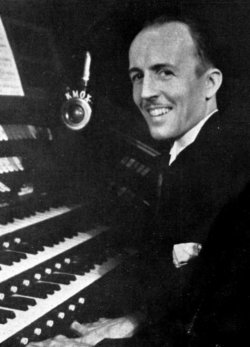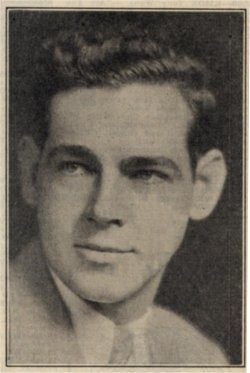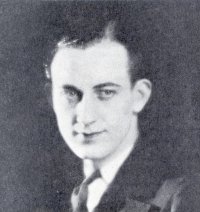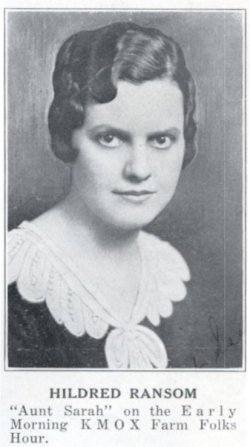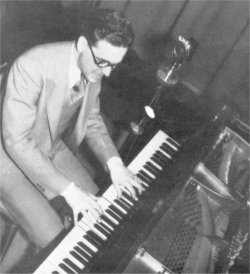In the early days of baseball broadcasting, there was no sophistication. It was every station for itself, with three different stations broadcasting all the games in St. Louis.
At first, in 1926, it seemed the baseball clubs gave no thought to having radio broadcast their games. KMOX assigned an announcer to go to the ballpark and give the listeners periodic summaries of what was happening, but this practice was stopped after a few weeks because the station balked at the expense of the service.
Later that year, the Cardinals won the World Series in seven games, and local listeners could hear some of the games through a national chain broadcast.
As a result of this success on the diamond, the next year attitudes changed, and three radio stations were at Sportsman’s Park broadcasting play-by-play for all Cardinals’ and Browns’ home games. On KMOX, listeners heard Garnett Marks (although he took air names requested by his sponsors – Rhino Bill and Otto Buick). KWK’s general manager Thomas Patrick Convey did duty under the air name Thomas Patrick. William Ellsworth announced for WIL.
Listeners had their choice, based on which announcer they preferred. These announcers and their engineers had to set up, not in the ballpark, but on the roofs of buildings outside the park. Within a couple months, Western Union lines were installed and all three stations were invited inside the park.
But two years later management of one station in the trio had a change of heart.
WIL’s William Ellsworth announced his station would no longer carry baseball. He told a Globe-Democrat reporter a special music program would instead be broadcast on game days. It was a response, he said, to “many listeners who have written to Station WIL requesting a musical program during the hours when the whole dial seems to be covered with the pandemonium of explanations and vocal flourishes concerning one set-to in one city to the utter ignoring of any other form of entertainment whatsoever.”
The general manager of KMOX, Nelson Darragh, was not terribly upset with the WIL decision. “We personally remained in baseball broadcasting,” said Darragh, “because I believe Station KMOX is the only one in St. Louis which can reach the section of the country which is particularly interested in St. Louis’ teams.”
Thomas Convey at KWK, took issue with Ellsworth’s proclamations about audience reaction to baseball on the radio, saying, “In fact, I have 16,000 names signed in petitions asking that KWK and its announcers come back on the air in the play-by-play accounts and descriptions of the games which became so popular last year.”
And so it was that in 1929, baseball fans lost one option for their listening pleasure in the St. Louis market. KMOX and KWK continued the broadcasts while WIL broadcast recorded musical selections each afternoon. The Browns posted a record of 79 wins and 73 losses, while the Cardinals finished at 78-74.
One year later, the owner of WIL, Lester A. “Eddie” Benson overruled his general manager and personally returned to Sportsmen’s Park to broadcast the local games for WIL. Two years later, WIL’s sports director Dave Parks described the situation in the Sportsman’s Park pressbox in an article in Radio and Entertainment magazine: “There are three booths near the roof of the grandstand in Sportsman’s Park. The eastern section is used by KMOX, the western section by KWK, and in the middle sits the Old Reporter for WIL. There is no need whatever for him to ask what is going on, because France Laux and John Harrington gave him no opportunity to forget that he’s at a baseball game.”
(Reprinted with permission of the St. Louis Journalism Review. Originally published 5/2009)
